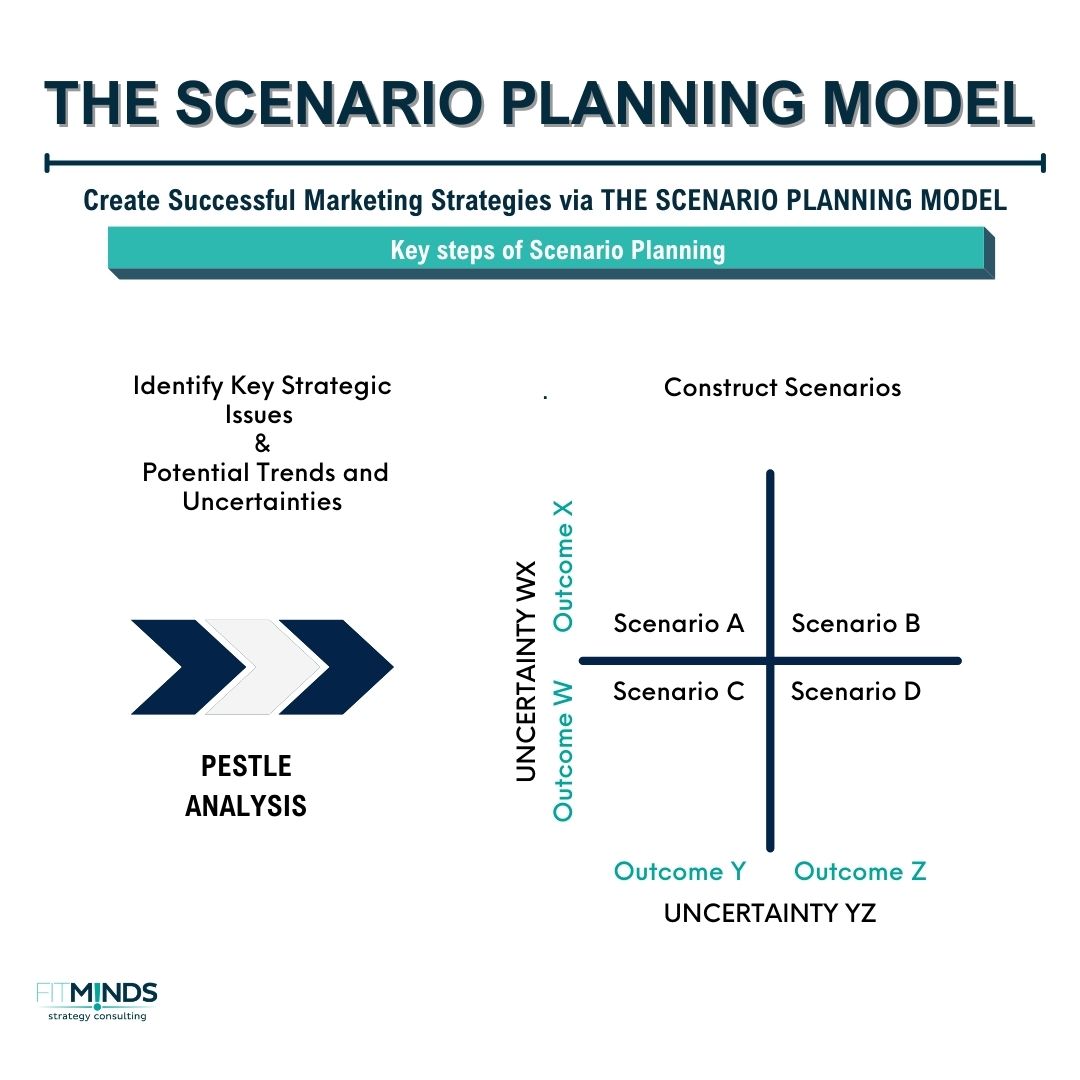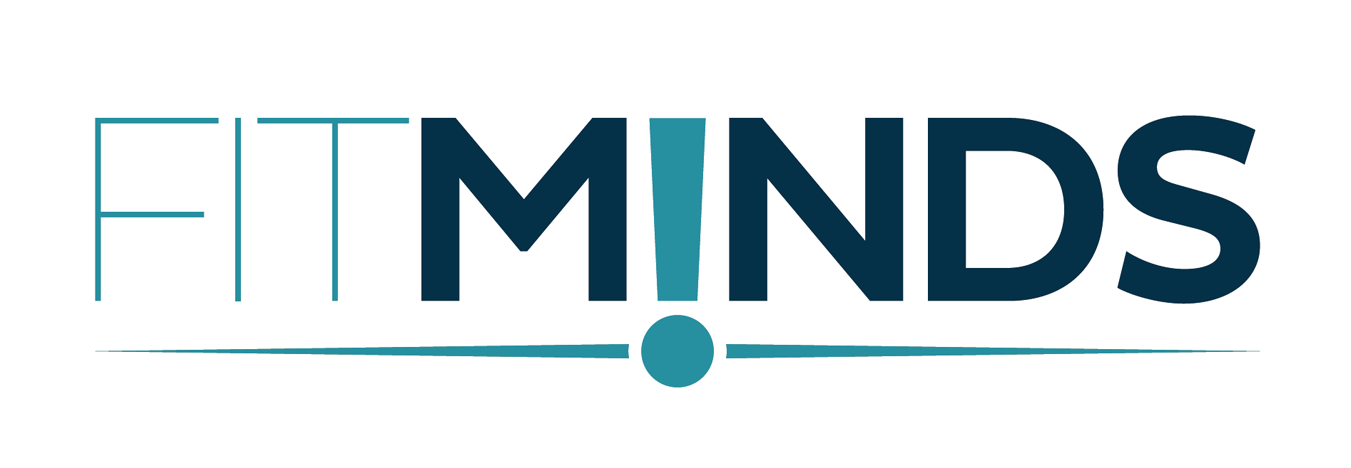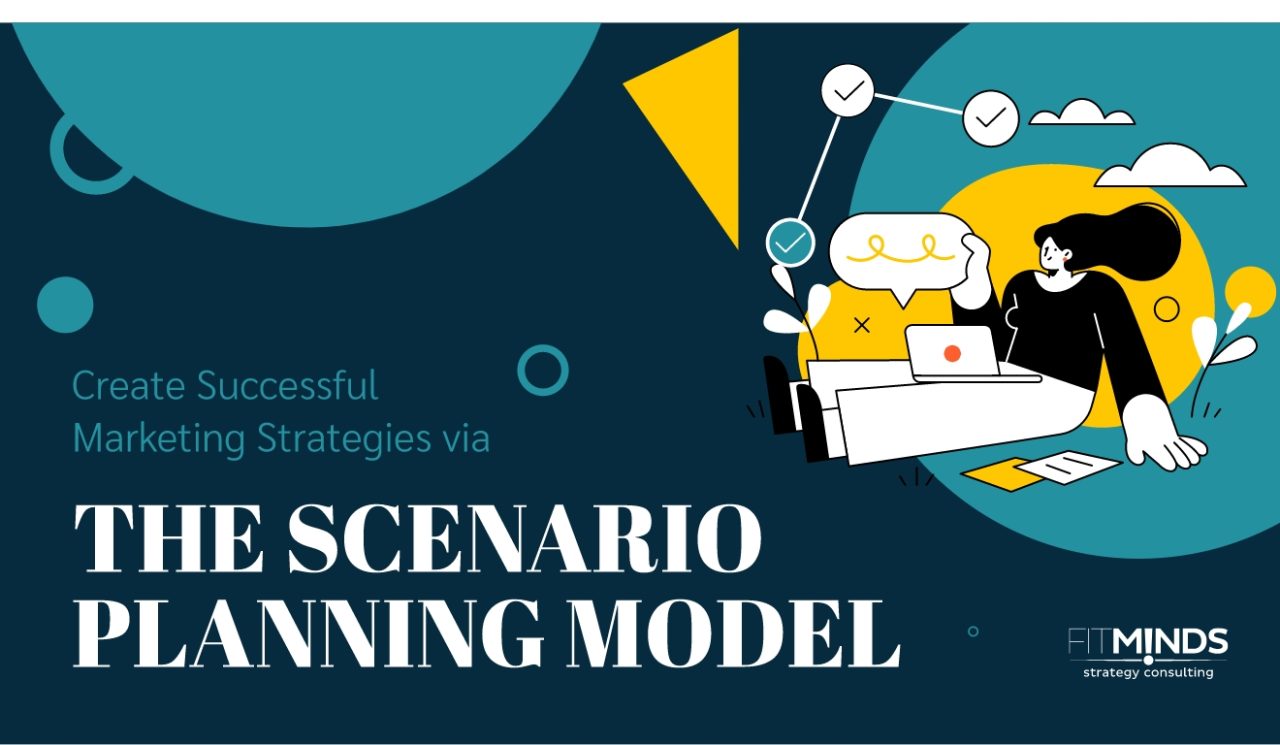Scenario Planning is a strategic framework that enables organizations to make data-driven decisions by exploring diverse future scenarios. It involves the creation of multiple future scenarios to evaluate potential risks, opportunities, and challenges an organization might encounter.
Main Benefits of Scenario Planning
The main purpose of scenario-building is to enhance decision-making by enabling an in-depth examination of potential outcomes and their consequences.
The Scenario Planning Model helps you:
- to make informed decisions by considering a variety of future scenarios,
- to develop strategies that are adaptable and resilient, catering to a range of potential futures,
- to identify and address vulnerabilities and risks, helping to avoid making decisions solely based on one prediction,
- to tailor marketing strategies in a dynamic business environment,
- to make flexible long-term plans.
Explanation of The Scenario Planning
Scenario building is a strategic planning method that helps decision-makers explore potential futures more deeply and comprehensively, enabling them to adapt and prepare for uncertain and complex situations.
To create effective scenarios, it is essential to follow a structured process that includes the identification of key uncertainties, change factors, and critical assumptions. The scenarios should be logical and realistic, encompassing many possibilities. Scenario building is an ongoing practice that involves revisiting and adjusting scenarios and strategies as new information emerges.
Steps in scenario building encompass identifying key uncertainties, developing narratives, assessing implications, and adapting strategies to a range of potential futures.
Step 1: Identify Key Strategic Issues and Timeframe
This step involves recognizing the significant decision or challenge that will impact the organization’s future and defining the appropriate timeframe for analysis.
Step 2: Identify Potential Trends and Uncertainties
At this stage, the task is to differentiate between predictable factors, often referred to as trends, and less certain elements known as uncertainties, which have the potential to influence future success. The focus is on prioritizing the most critical uncertainties that demand attention in the scenario planning process.
A PESTLE analysis helps in proactively addressing challenges and opportunities arising from these trends. It provides a structured way of assessing the impact of several different factors on the business environment.
Step 3: Construct Scenarios
In this phase, the identified uncertainties take center stage as they are utilized to create a set of distinct scenarios. A common approach involves visualizing these scenarios on a grid with two axes. Each axis represents a spectrum of uncertainty. The goal is to initially focus on developing four scenarios that provide a range of potential futures.

Step 4: Brainstorming and Visualizing Scenarios
In this step, allocate time to engage in creative brainstorming and vividly envision the scenarios. The emphasis is on stimulating creative thinking to gain a deeper understanding of what each scenario could entail in detail. This imaginative exercise aids in developing a more comprehensive and nuanced perspective on potential futures.
Step 5: Examine Strategy Robustness
In this phase, the focus shifts to evaluating the resilience of the existing strategy across all developed scenarios. The objective is to ascertain whether the strategy holds up effectively in diverse potential futures. This assessment helps identify any vulnerabilities and potential adjustments needed to ensure the strategy’s adaptability and effectiveness in varying scenarios.
Scenario planning takes into account trend analyses and qualitative data, alongside the examination of quantitative data and historical events. Utilizing all the collected data is essential to make informed strategic decisions.
How to Apply Scenario Planning
To apply scenario planning to your business, FITMINDS is providing an adoption of the model that fits your company and your company’s needs. By using scenario planning, organizations can make informed decisions and make flexible long-term plans.
Contact us to get more information or discover your probable personalized roadmap for scenario planning.
Additional Tips and Readings
- To identify opportunities and threats, you can read PESTEL Analysis
- To learn more about business strategies, you can read Porter’s Generic Strategies
- To align your marketing strategy with your organizational goals, you can read The Balanced Scorecard
- You can learn more about organizational strategies with the Miles and Snow Organizational Strategy Model
Contact us to rethink your business and marketing strategy via scenario planning.



13 comments
Pingback: kamagra fedex pas cher
Pingback: cheapest buy enclomiphene cheap from usa
Pingback: how to buy androxal buy online usa
Pingback: how to order flexeril cyclobenzaprine generic low price
Pingback: cheapest buy dutasteride no rx needed
Pingback: online pharmacy no prescription gabapentin
Pingback: cheap itraconazole overnight no rx
Pingback: get fildena generic name
Pingback: canada staxyn non generic
Pingback: howl to get avodart without a prescrtiption
Pingback: cheapest buy rifaximin price by pharmacy
Pingback: buy cheap xifaxan cost australia
Pingback: online lékárna dodání kamagra
Comments are closed.